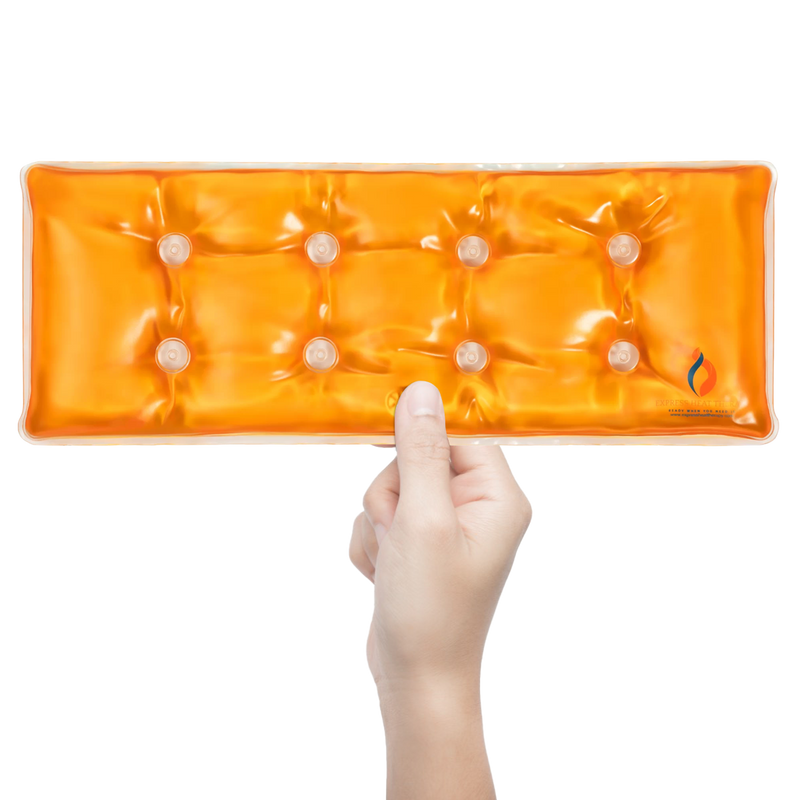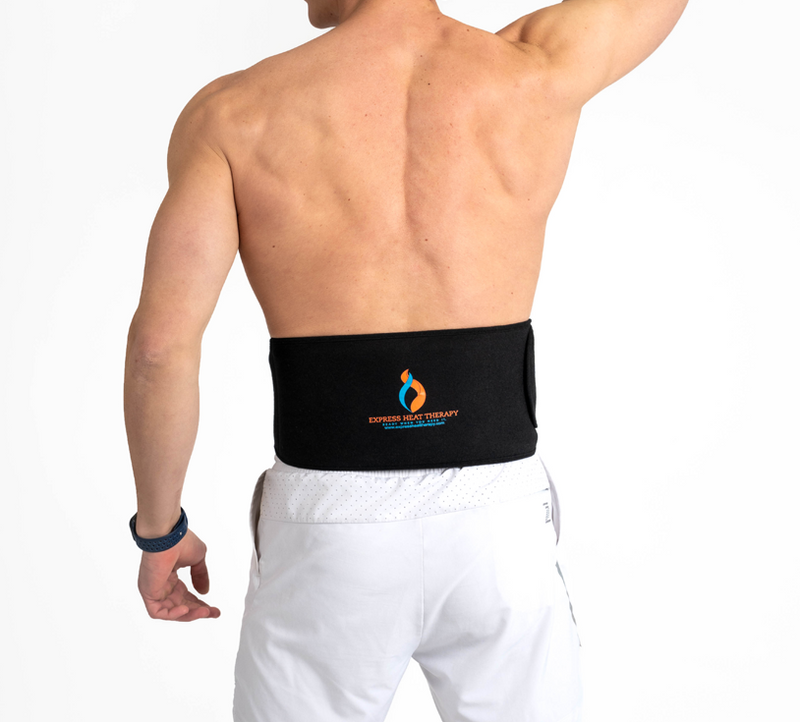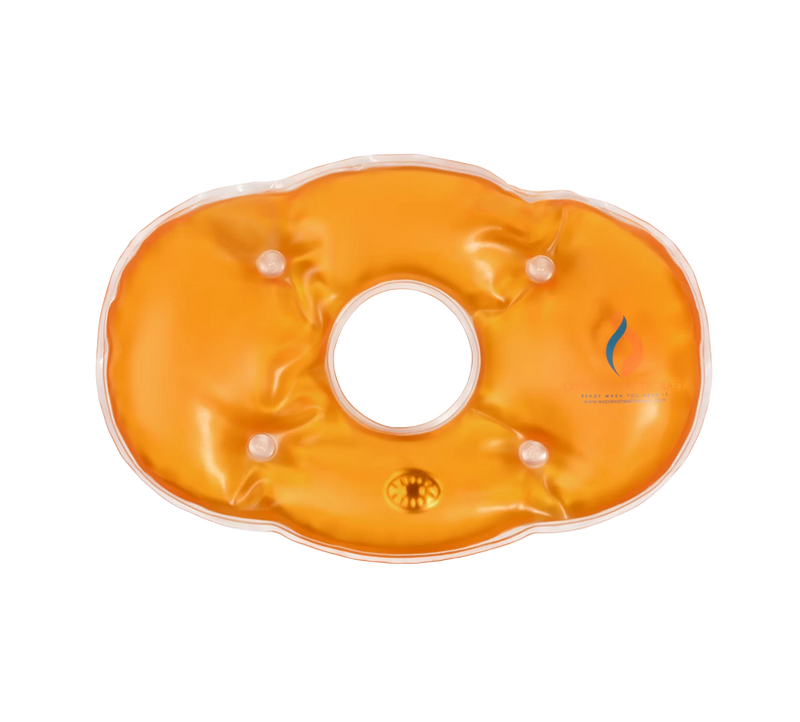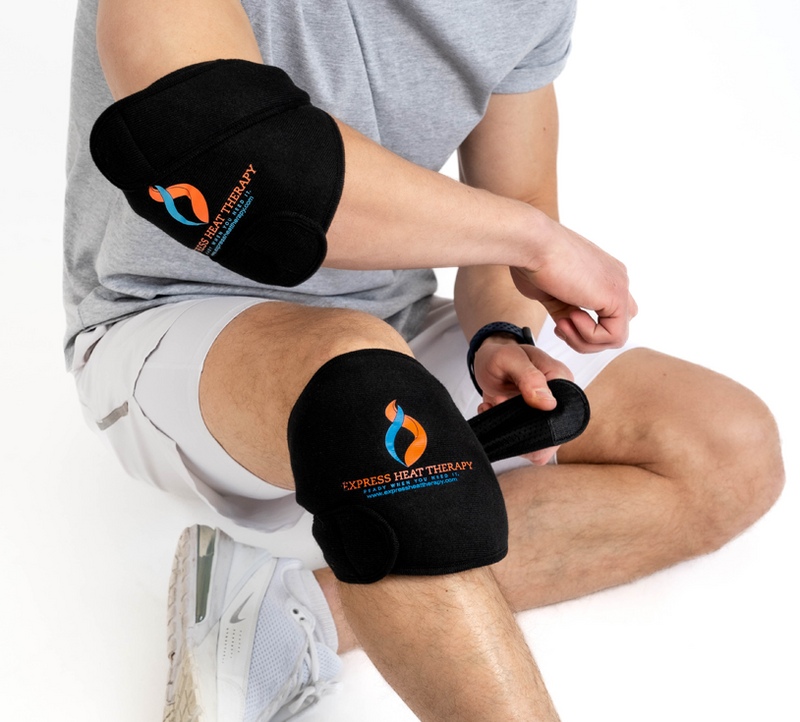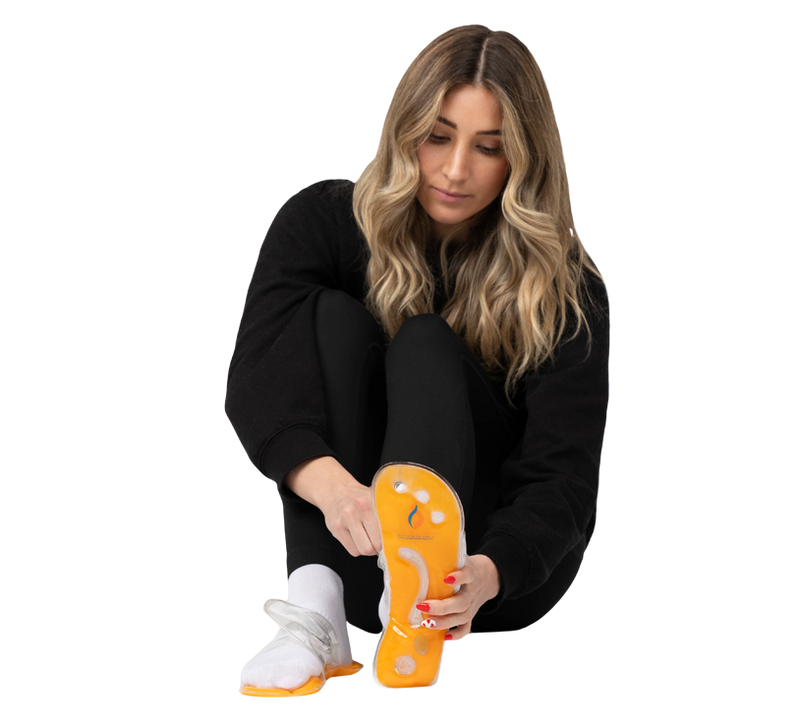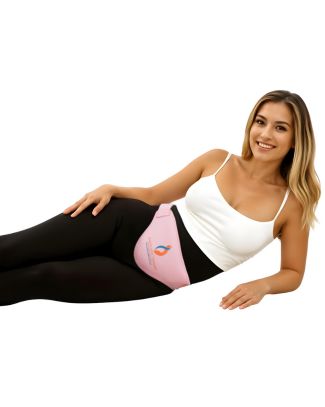If raising your arms feels harder than it should, it’s time to check your shoulder mobility.
Stiffness. Discomfort. Limited range. These are signs your shoulder mobility is compromised, and if left unattended, they can affect everything from how you sleep to how you move through your day.
The good news? You don’t need a gym or a physical therapist to fix the problem. With the right stretches, strengthening techniques, and smart recovery tools, you can improve shoulder mobility safely, right from the comfort of your home.
In this guide, we’ll walk you through exactly how to improve shoulder mobility through simple yet effective shoulder exercises at home.
But first, let’s find out what causes shoulder immobility.
What Causes Limited Shoulder Mobility?
The shoulder joint is one of the most complex and mobile parts of the body. It allows us to reach, lift, rotate, and carry. But this range of motion for shoulders also makes it more vulnerable to stiffness, tightness, and injury.
Several factors can reduce shoulder mobility over time, including:
-
Poor Posture
Spending hours hunched over a desk or looking down at a phone can cause your shoulders to round forward and your upper back to tighten. This eventually leads to muscular imbalances and restricts your shoulder’s natural range of motion.
-
Lack of Movement or Inactivity
Shoulders are meant to move. When they don’t (due to a sedentary lifestyle, recovery from surgery, or fear of pain), connective tissue can stiffen, and muscles can weaken.
-
Frozen Shoulder (Adhesive Capsulitis)
This condition causes the connective tissue around the shoulder joint to thicken and tighten, drastically limiting mobility. It usually develops slowly, often following an injury or period of immobility, and can take months to fully heal.
-
Age-Related Changes
As we age, tissues lose elasticity, joint fluid decreases, and muscles naturally weaken. This makes it harder to maintain the flexibility and strength needed for full shoulder movement.
How to Improve Shoulder Mobility at Home
Some of the most effective strategies for improving shoulder mobility can be done at home, with no machines and no special equipment.
Below are some techniques you can use:
-
Start With a Warm-Up
Start with 2–3 minutes of light shoulder-focused movements like:
-
Shoulder Rolls: Sit or stand tall. Roll your shoulders forward 10 times, then backward. This activates the upper trapezius and helps loosen the shoulder capsule.
-
Arm Circles: Extend your arms out to the sides and make small circles, gradually increasing in size. Reverse direction after 10–15 seconds.
Doing these helps improve synovial fluid flow in the joint.
-
Stretch and Mobilize
After warming up, focus on gentle stretching to begin improving your shoulder’s range of motion. This step is essential for reducing tightness and restoring normal movement patterns, especially if you’ve been sedentary, injured, or dealing with a frozen shoulder.
Aim to hold each stretch for 30–45 seconds, breathing steadily and avoiding bouncing or forcing the motion.
Here are a few of the best stretches for frozen shoulders:
-
Towel Stretch: Grab a towel with one hand overhead and one hand behind your back, as if drying off. Gently pull with the top hand to stretch the lower shoulder. Switch sides.
-
Wall Walk: Face a wall and slowly “walk” your fingertips up as high as comfortable. Hold for a moment, then walk back down. Do this both facing the wall and sideways to target different shoulder angles.
-
Crossover Arm Stretch: Bring one arm across your body and use the opposite arm to apply light pressure, feeling the stretch along the rear deltoid and upper back.
These techniques are great if you're wondering how to loosen tight shoulders in a safe and effective way. Do them daily and feel the release in your stiff tissues.
-
Strengthen With or Without Equipment
Once your mobility improves, you need to build strength around the joint to maintain your progress and prevent future limitations. This doesn’t mean lifting heavy weights; it means making small, controlled movements that can activate key stabilizing muscles without overloading the shoulder.
You can do shoulder exercises with resistance bands by adding:
-
External Rotations: Attach the band to a door. Keep your elbow at 90 degrees and rotate the arm outward.
-
Band Pull-Aparts: Hold a resistance band in front of you and pull it apart slowly until your arms are extended. Focus on squeezing your shoulder blades together.
You can also do shoulder exercises at home, no equipment needed:
-
Wall Angels: Stand with your back flat against a wall, arms bent like goalposts. Slide your arms up and down slowly, maintaining contact with the wall. This works on posture and scapular mobility.
-
Scapular Push-Ups: In a plank or kneeling position, retract and protract your shoulder blades without bending your elbows. This strengthens the smaller muscles that keep the shoulder joint stable during movement.
These exercises can increase shoulder flexibility and help you develop control and support through the full range of motion.
-
Use Heat or Cold Therapy After Movement
Targeted heat or cold therapy can make a big difference in how your body responds to these exercises.
Here’s how to use them:
-
Use cold therapy if there’s swelling, irritation, or a sharp ache after stretching or strengthening. This helps reduce inflammation and calm the area down.
-
Use heat therapy for lingering stiffness or muscle soreness, especially in the evening or the next morning. Heat improves blood flow, relaxes soft tissue, and makes you more comfortable between sessions.
Not sure where to get effective and instant heat therapy? The Express Heat Therapy Instant Neck & Shoulder Pad is designed to sit comfortably on the shoulders, providing targeted warmth that relaxes stiff muscles, melts away tension, and prepares the joint for stretching or exercise.
Explore how to treat neck and shoulder pain with natural heat therapy.
Final Thoughts
Contrary to popular belief, improving shoulder mobility at home doesn’t require fancy equipment or long appointments. It just takes commitment, smart exercises, and heat or cold therapy.
If you suffer from limited shoulder mobility or know someone who does, try the Express Heat Therapy Neck & Shoulder Pad for natural warmth and relief.
Frequently Asked Questions
Got questions? We got answers:
-
What Is Normal Shoulder Mobility?
Normal shoulder mobility means being able to move your arm freely and without pain in all directions: upward, across your body, behind your back, and in rotation.
Try doing this to confirm you have normal shoulder mobility:
-
Raise your arms overhead
-
Rotate your shoulders outward and inward
-
Reach behind your back to the mid or upper spine
If you struggle with any of these movements, you may benefit from mobility work.
-
Why Is Shoulder Mobility Important?
Shoulder mobility is essential for everyday functions such as reaching a shelf, putting on a shirt, lifting bags, or exercising.
Good mobility
-
Prevents injury and muscle strain
-
Supports better posture
-
Improves strength and performance during workouts
-
Reduces pain linked to stiffness and imbalance
When your shoulders move well, you feel better.
